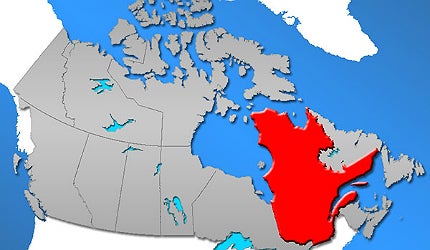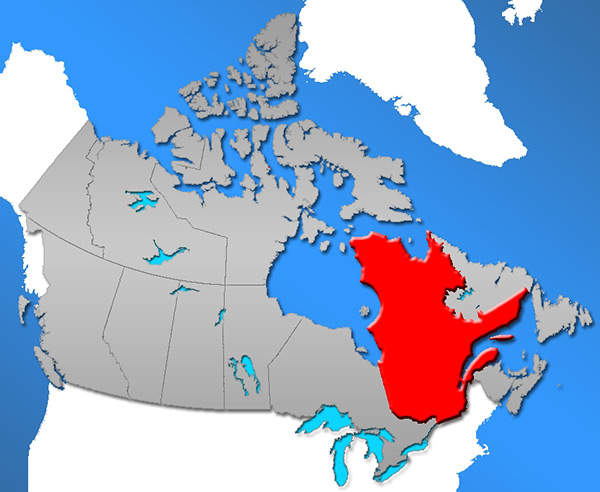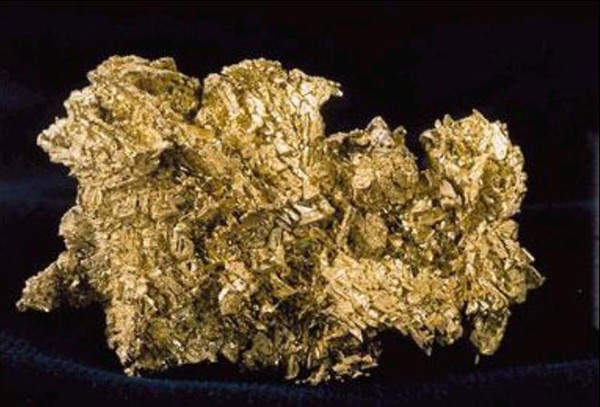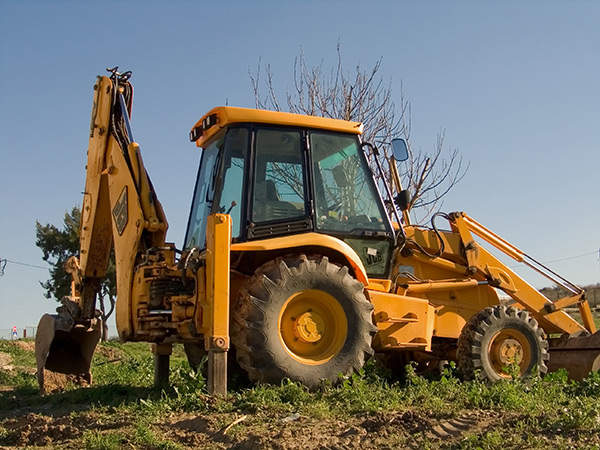
IAMGOLD’s Doyon Division includes the Doyon and Mouska underground gold mines. Located in north-western Québec, Canada, the property is spread across an area of 2,258ha. The mines produce about 24,000 ounces (oz) of gold annually.
Doyon mine commenced its operations in 1980 and was closed in December 2009. IAMGOLD is currently focused on the life extension of the Mouska mine and development of the Westwood project.
Expanding Quebec’s Westwood deposit
The Westwood deposit was discovered in 2004. The deposit is located two kilometres away from the Doyon mine. Commercial start-up of the Westwood project is expected in early 2013 with annual production of 190,000oz.
Mine life of the deposit is estimated to be 19 years. Cut-and-fill mining is expected to be used at the Westwood mine to recover ore.
The Mouska mine life extension project was approved by IAMGOLD in the fourth quarter of 2009. Stockpiling of ore produced at the mine will be carried out in 2012, for processing in 2013.
The Doyon processing mill is being refurbished and a sewage treatment plant is being built. The refurbished plant will process the ore from the Mouska mine and the Westwood deposit.
Geology and reserves of the gold mines
The Doyon and Mouska mines are part of the Cadillac-Bousquet gold belt of the Abitibi County region in Quebec.
The region is one of the biggest gold mining areas in Canada, containing several deposits such as La Ronde, Bousquet 2 and Bousquet 1.
The Westwood project is part of the volcanic sequence containing felsic volcanic rocks, mafic to intermediate volcanic rocks and intermediate to felsic volcanic rocks.
Proven and probable reserves are estimated at 163mt graded at 12.4g/t. Measures and indicated resources are 1,300mt graded at 5.8g/t. Inferred resources are estimated at 1,597mt graded at 5.7g/t.
Inferred resources of the Westwood deposit are estimated at 9.41mt graded at 11.3g/t.
Mineralisation at IAMGOLD’s Doyon and Mouska deposits
Gold mineralisation at Doyon occurs in vein-type structures varying several centimetres in thickness. The structures mainly comprise of pyrite, quartz, chalcopyrite, carbonate and gold.
At the Mouska mine, gold mineralisation is held in volcanic and plutonic rocks. Economically viable gold mineralisation occurs in continuous narrow quartz veins of one metre thickness.
The Westwood deposit contains gold mineralisation similar to the Doyon mine. It contains VMS-type mineralisation of the Bousquet formation. Gold rich VMS deposits include LaRonde Penna and Bousquet 2-Dumagami and Warrenmac.
Exploration and drilling at the Doyon Division
IAMGOLD completed 23,000m of diamond drilling at the Westwood project during the first quarter of 2012. A total of 11 holes were drilled during the period. The drilling activities will help in upgrading the resource potential of the project.
About 89,000m of infill and step-out drilling and 18,000m of vertical and lateral development are planned for the Westwood project in 2012.
Mining and processing at the Canadian gold mines
Related project
Kitsault Molybdenum Mine, British Columbia, Canada
Kitsault molybdenum mine is a high grade resource located 140km from Prince Rupert in British Columbia, Canada.
Ore is recovered from the Doyon mine using sub-level stoping methods. Mining at the Mouska mine was carried out using shrinkage stoping and long hole stoping methods.
Recovered ore is transported above ground at the Doyon mine through a shaft and ramp system. Mucked ore is transported to an ore pass where it is crushed by two crushers. The crushed ore is then loaded on to skips from loading stations and transported to the surface using the production hoist.
Once on the surface, the ore is transferred onto an ore bin and transported to the processing plant.
The Doyon processing plant at the mine has the capacity to process 3,500t of ore each day. It uses carbon-in-leach (CIL) and carbon-in-pulp (CIP) processes to recover gold.
The plant includes a SAG mill, cyanidation and CIP processing plants and a flotation circuit. It also includes a sludge plant, a water treatment facility, a tailings facility, warehouse, administrative building and other facilities.
Recovered ore from Westwood will be processed at the rate of 700,000t, during the first year.






